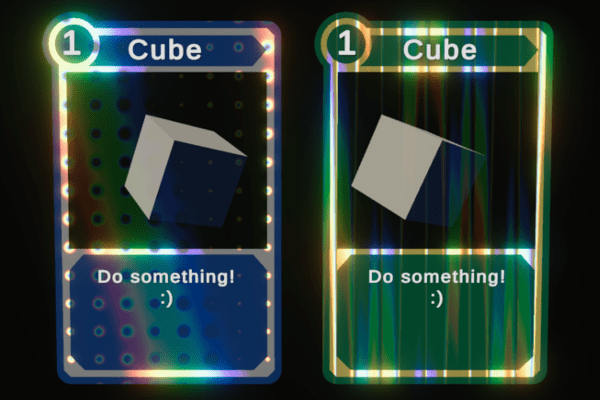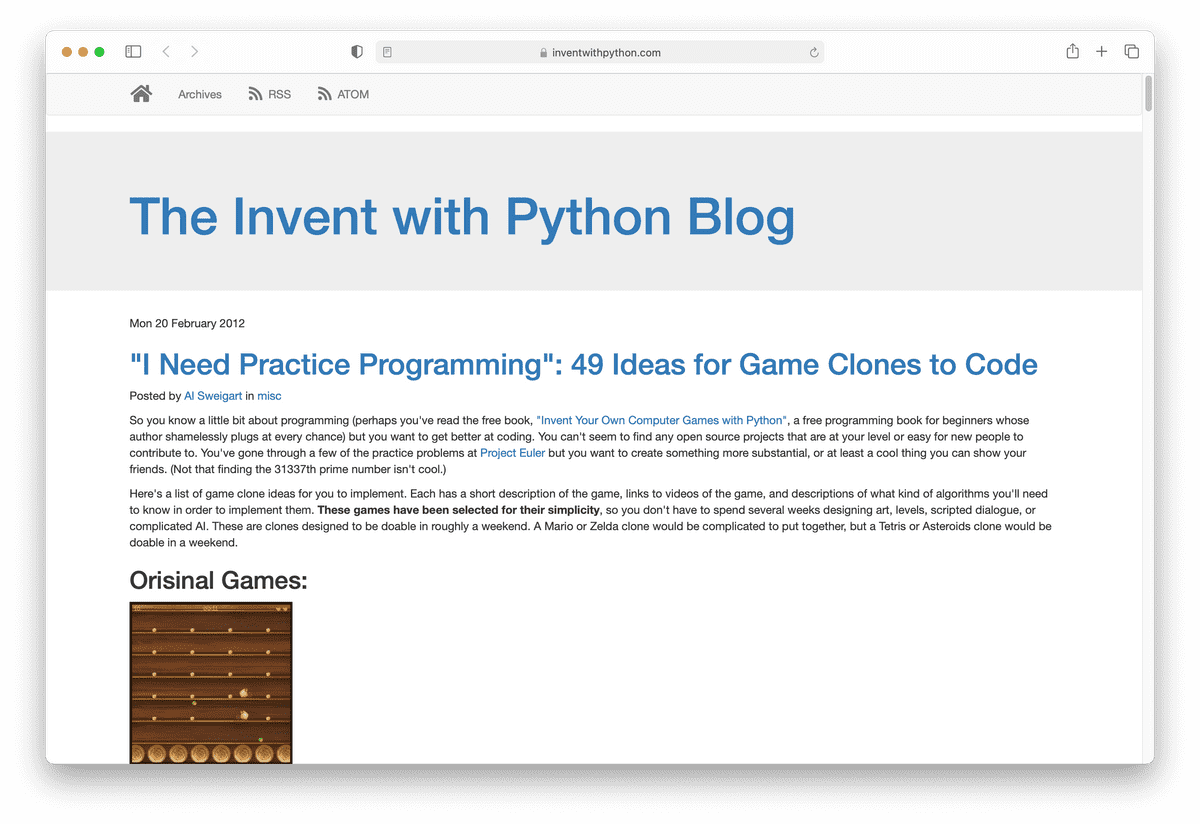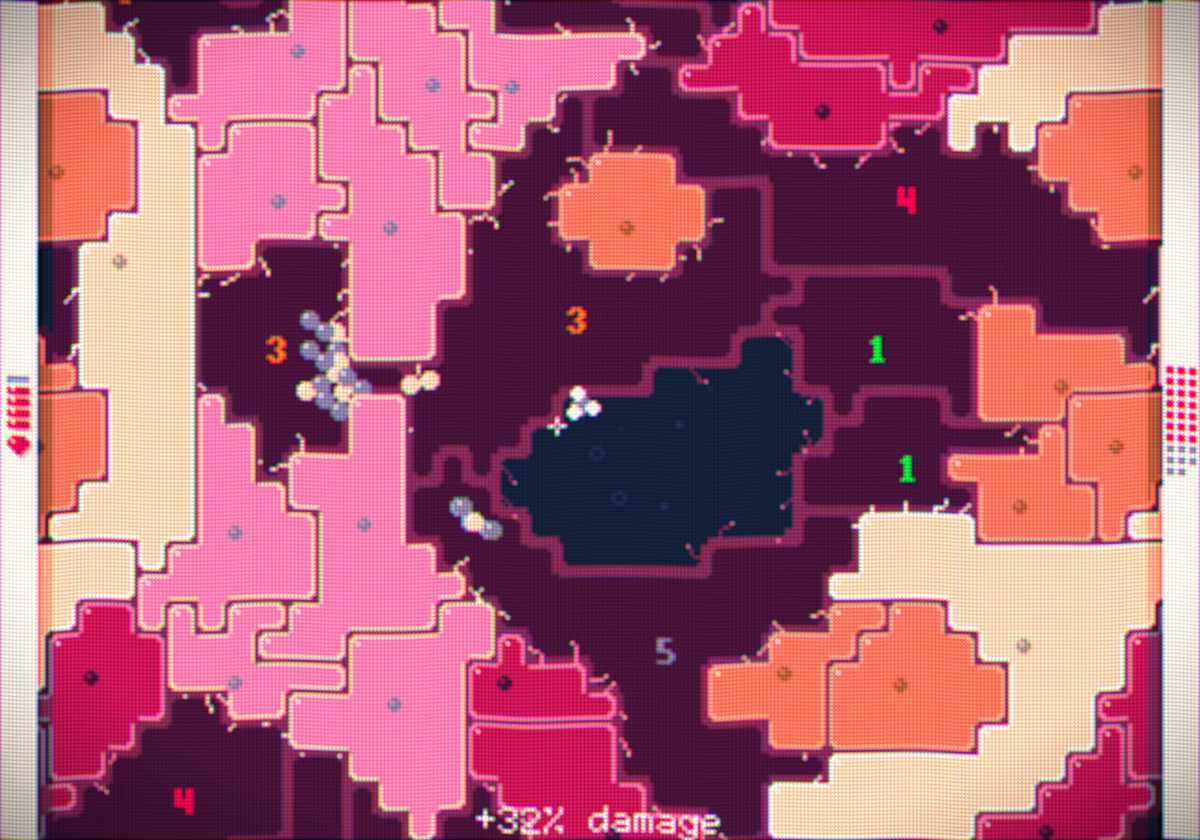How to come up with a game idea that you'll love working on
Are you looking for ideas for your next game project?
Maybe you've racked your brain for ideas, but you don't particularly like any of the ideas that you came up with.
Or maybe you've tried one of those fancy random game idea generators online. (Which are pretty good!) But the ideas you get are – well – random and incoherent. They aren't great wells of inspiration to build upon.
Don't worry. Because in the rest of this blog post, I'll give you a step-by-step process for coming up with a game idea that you'll love, that you'll be excited to work on, and that is appropriate for your skill level in game development.
Let's get started.
1. Define your constraints.
There's a reason why people participate in game jams. Not only are they a fun, social gathering of game developers who want to make cool stuff, game jams also present you with a set of pre-defined constraints.
Take the infamous Ludum Dare game jam, for example. In Ludum Dare:
- Time Constraint: participants are given 48 hours to develop a game,
- Thematic Constraint: they must incorporate the jam's theme in some way, and
- Creation Constraint: they must create everything from scratch during the jam's duration.
But while game jams are great, they don't happen all the time, and sometimes you want to work on your own thing anyway.
In which case you should design your own constraints to come up with the best ideas. Then, your game idea naturally falls out of your selected set of constraints.
Here are some constraints I'd recommend:
⌛ 1. Time
How much time will you take to implement your idea's core loop? (It's critical to have a working core game loop as soon as possible.) How much time does that leave for content development and game polish?
🪓 2. Skill
Have you finished a game before? If not, then the space of ideas you can tackle is far narrower; it might be best to choose a classic game design such as Asteroids, and see how you feel shipping that.
If you have, then you'll have a better sense of what game ideas are achievable within your selected timeframe.
🧘🏽♀️ 3. Improvement Focus
Is there a specific skill that you'd like to get better at? Use this next game as a stepping stone! For example, a constraint would be "a game idea that lets you practice game juice skills".
🎮 4. Platform
Is there a specific tool or platform that you want to use? For example, "must be a browser game", or "must use Godot", or "must use PICO-8" (which has its own set of code & asset constraints).
📈 5. Market
Do you want to make a game that will sell on a marketplace? (Such as Steam?) Then your next idea will require some market research.
What do people already buy, and will your game idea sell in light of that hard evidence?
😊 6. Enjoyment
Would you enjoy working on this idea? If the idea doesn't inspire you, there are always other ideas to ponder within the space of your constraints. And most importantly...
🏁 7. Completion
If a game idea makes it to this 7th constraint, ask yourself whether you can realistically finish the game idea you're proposing.
What are the biggest risks to not finishing, and can you eliminate or lessen those risks in order to see the game idea to completion?
2. Turn a seemingly boring idea into a fun one.
Take a look at some of the ideas in Al Sweigart's list of games to clone:
At face value, some of them sound downright boring. Connect Four? Simon Says? Mancala?? Why would you make those, those are boring as heck, right?
But those same, seemingly boring ideas can turn into game masterpieces – if molded by the right hands.
In the game Metavaxx, PUNKCAKE Délicieux remixes the classic game of Minesweeper into a juicy shoot 'em up:
Along that line of thinking, Solitaire might remind you of the green backgrounds and boring playing cards from Windows Solitaire.
But if you were to provide your own twist on that formula, you could...
- Make the face cards into frogs. And you'd use a frog tongue to pick up and stack piles of cards.
- Animate the face cards' facial expressions. When placing a card, a face card would nod or shake their head to indicate place-ability.
- Holographic cards are great – why not write a cool holographic shader for the cards?

Holographic cards from Cyanilinux's holographic card shader breakdown.
And since you have 3D engines now, what if the cards were actual 3D objects that you could rotate, flip, and toss around?
Wouldn't it be cool to work on card interactions?
How might you work on your version of the Windows Solitaire win screen?
Compared to designing a new game from scratch, it's often easier to start with an existing game design, and focus on your interpretation of that game design – instead of the design itself.
Interpretation infuses your game project with a sense of your personality & artistic voice. And that's where game ideas start to become more enticing.
3. Go forth and game dev!
So to summarize, I'd suggest 2 things:
- Define your constraints, and work on game ideas that satisfy those constraints.
- Breathe life into seemingly boring ideas, and think about how you could make a boring idea fun to work on.
Go with what moves you, get cracking on the core loop, so we can all play the awesome game that you end up making.



